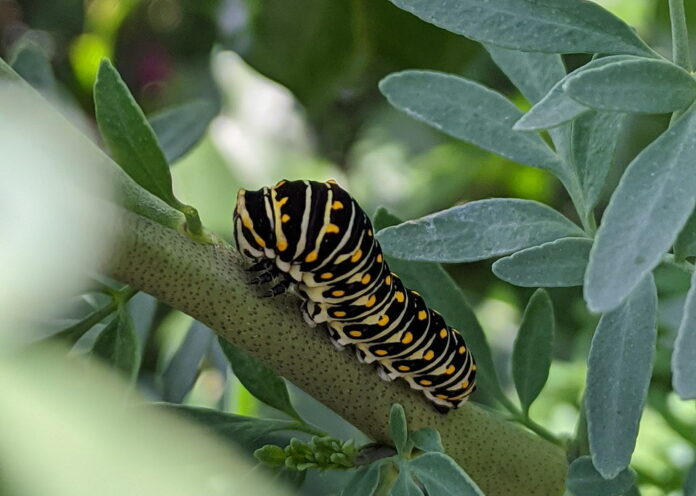We all know that caterpillars are one stage in the life cycle of an insect, which eventually turns into a butterfly. However, many caterpillars are so remarkable in this phase of their life that they can be considered fascinating in their own right.
Caterpillars vary greatly, from harmless to quite dangerous, and some are so large that they can frighten a person who grew up far from the tropics and large insects. In some countries, they are even eaten and considered a delicacy.
Facts About Caterpillars
- Most caterpillars feed on plant-based food, such as leaves, flowers, and fruits. However, there are other types, like caterpillars that prefer a diet of wax, wool, or keratinous substances.
- There are also predatory caterpillars that feed on other insects, such as aphids, larvae, and ant pupae.
- A caterpillar eats the shell of its egg immediately after hatching, and then consumes any other eggs it encounters.
- The average caterpillar’s body contains about 4,000 muscles, which is roughly seven times more than the number of muscles in a human body.
- Like spiders, caterpillars can produce silk threads. They use this silk to spin themselves a cocoon.
- When forming a pupa, the silkworm caterpillar spins a cocoon whose shell is made of a continuous silk thread up to 1,500 meters long in the largest cocoons. These cocoons are collected to produce natural silk.
- The caterpillars of many butterflies living in northern latitudes don’t have time to pupate in one summer, so they must hibernate until the next summer.
- In Canada and Greenland, there are caterpillars that live for up to 14 years before turning into a butterfly, as they can’t fully develop during the short summer and have to hibernate in the winter. These caterpillars can withstand temperatures as low as -70 degrees Celsius.
- Some caterpillars live in ant nests, forming symbiotic relationships with ants. They mimic an ant queen by releasing a special pheromone or making sounds with their stridulatory organ. The ants feed and protect these caterpillars.
- Some caterpillars become toxic due to the plants they consume, making them unpalatable to birds who learn to avoid them knowing they are poisonous.
- Right after hatching from the egg, a caterpillar begins to actively gain weight by consuming everything edible, and within a few days, its mass increases several times.
- In Peru, there are unique caterpillars that behave like hermit crabs. They find suitable objects, such as a rolled-up dry leaf, and use them as a shell for protection.
- The smallest caterpillars measure no more than 2 mm, while the largest can reach up to 12 cm.
- As caterpillars grow, they molt several times, shedding their old, too-tight exoskeleton and growing a new one.
- Caterpillars have six eyes, with most species having five of them arranged in a row, and the sixth positioned above them, in the center.
- All caterpillars have a head composed of six segments fused together.
- On the underside of the head, there is an occipital opening, which in most cases is heart-shaped.
- All caterpillar species go through a pupation stage before transforming into a butterfly.
- Most caterpillars live much longer than the butterfly they eventually become.
- Unlike human muscles, caterpillar muscles act as a skeleton for their bodies. They resemble small air-filled sacs through which blood circulates, interwoven with muscle fibers.
